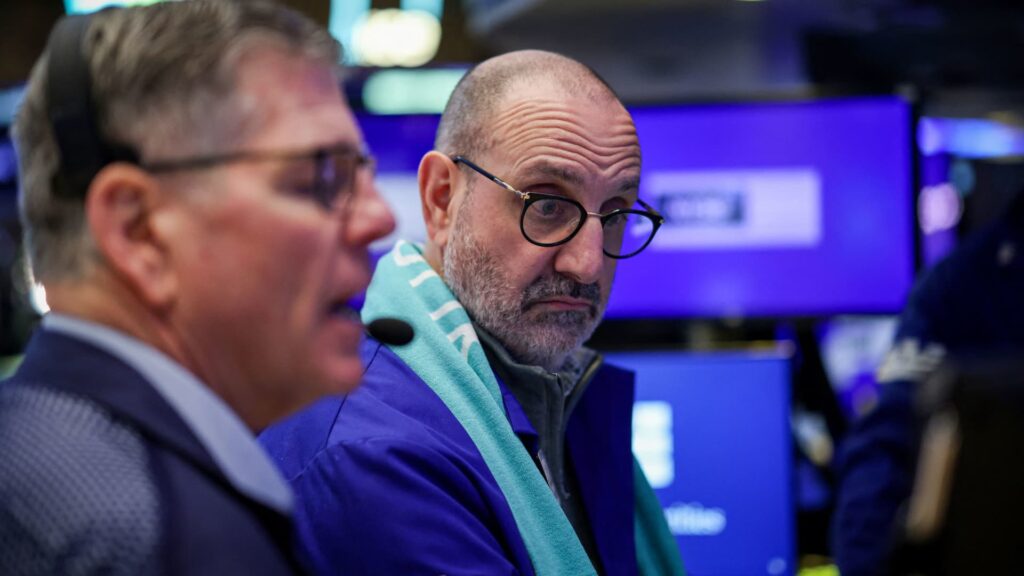
Not all may be well on Wall Street, even with the stock market at all-time highs. The ominous “Hindenburg Omen” was triggered last week, StockCharts.com chief market technician David Keller noted Monday. The Hindenburg Omen considers the percentage of stocks in an exchange making 52-week highs and lows, along with other breadth metrics, to gauge the potential for a market crash. It has successfully predicted the market crash of 1987 and the 2008 financial crisis. However, the indicator’s erratic success rate has led many market watchers to regard it with some skepticism. The Wall Street Journal previously reported that the indicator has accurately signaled a meaningful pullback not even 30% of the time. .SPX YTD mountain S & P 500 “It has a track record of calling major market tops so when the Hindenburg Omen fires it’s something that investors should take note of. The issue is there are more false signals,” said JC O’Hara, chief technical strategist at Roth MKM. “It’s more of like, ‘Let’s pay attention here,’ because something could be happening,” O’Hara added. “But the chances of something severe happening are relatively lower.” The bearish signal has been triggered at a curious time for markets. All three major benchmarks have surged past major milestones this month, but poor market breadth has investors concerned about the health of the rally. On Tuesday, for example, the Dow Jones Industrial Average was negative, while the tech-heavy Nasdaq rose on the back of Nvidia’s strong gains. The chipmaker was up by more than 6%. Still, O’Hara said he is positive on equities, saying weak breadth does not preclude a weak market. He anticipates the S & P 500 could climb to 5,700 over the next several months on the momentum that has carried the major benchmarks to all-time highs in May. The target represents a roughly 7% gain from where the broader index closed Friday. “If you’re looking at the market, I still think the market appears healthy because the largest names still appear very healthy,” O’Hara said. “When that has a big influence on the index, I think the index is fine. It’s just that when you’re a stock picker, your pool of potential candidates for great buying opportunities is shrinking.” Given this, O’Hara expects investors will be able to stick to investing passively in the index, as well as the large-cap stocks that account for the lion’s share of gains this year. On the other hand, he expects small-cap stocks to underperform going forward. The Russell 2000 is up just 2.5% in 2024, while the S & P 500 has advanced 11%. If anything, the technician regards the Hindenburg Omen more as an indicator of new market leadership than a harbinger of a downturn. He noted that investors have been rotating into sectors that comprise a smaller portion of the S & P 500, such as utilities and real estate, as opposed to consumer discretionary, which makes up a larger part of the broader index. O’Hara said he could change his tune if stocks demonstrate further weakness, such as a break below the 50-day moving average of 5,176 in the S & P 500 or the 100-day moving average at 5,070. He’s also wary about the consumer discretionary stocks, citing a fresh 52-week low in the sector that could be a cautionary signal. A loss of the consumer discretionary sector, which makes up roughly one-tenth of the S & P 500, could mean a deeper drawdown of 10% to 20% in the index. “When I see a loss of the consumer, that, to me, it is worrisome,” O’Hara said.






